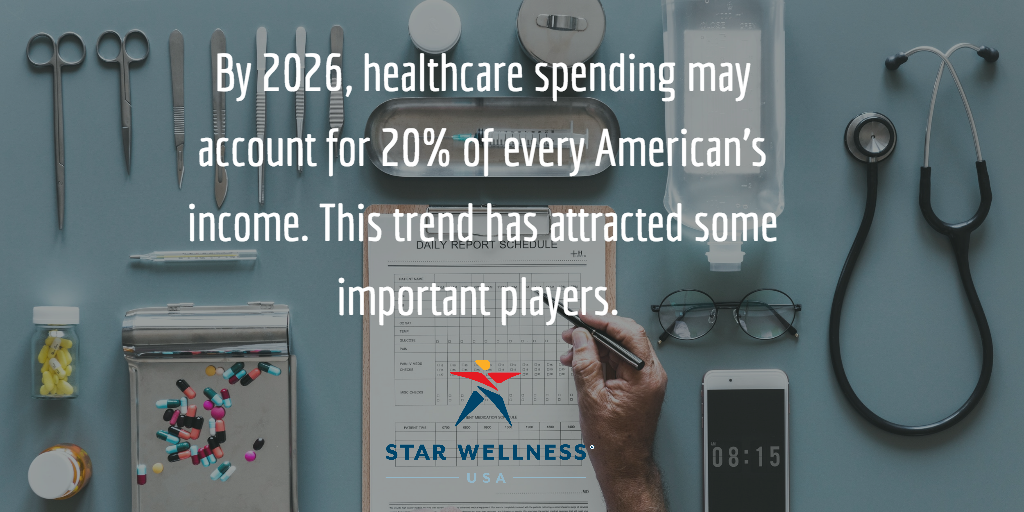 Photo by Carles Rabada
Photo by Carles Rabada
Last year, Americans spent nearly $3.5 trillion in healthcare costs. In February, the U.S. Centers for Medicare and Medicaid Services estimated that 2018 spending would be 5.3% higher.
Obesity and an aging workforce are driving, and extending, this trend. Looking a decade ahead, the same study suggests that spending will reach $5.7 trillion dollars – per year – by 2026.
In the beginning of 2018, writing for Risk & Insurance, Roberto Cisernos stated, “Medical expenses rattled workers’ compensation payers when they reached 60 percent of claim costs, exceeding indemnity as the most expensive portion of addressing worker injuries. Now, rising medical costs are pushing that 60 percent squarely into the rearview mirror. They have reached 69.3 percent of a claim’s expense in Florida and are running 64 percent – 65 percent in other states.”
By 2026, healthcare spending may account for 20% of every American’s income. This trend has attracted some important players.
Economist Warren Buffet, who once called American healthcare “the tapeworm of the American economy,” famously joined forces with Jeff Bezos of Amazon fame earlier this year. Along with Jamie Dimon of JPMorgan Chase, they began a push to try to curb some of their companies’ rising healthcare costs.
Not to be outdone, Apple has found its own way to reduce its healthcare costs. Its new flagship campus in Silicon Valley will include not one, but two in-house primary care clinics as part of a program called AC Wellness.
According to the AC Wellness website, the independent practice is “dedicated to delivering compassionate, effective healthcare to the Apple employee” and their families.
Apple’s on-site clinics will also reduce their productivity woes.
The CDC reported that health problems reduced worker productivity and cost the economy $260 billion last year. An Apple employee won’t have to take an entire day off for testing or a physical when they are in the same building.
Corporate wellness programs like this are not only available for a few elite companies.
Star Wellness offers on-site employee wellness programs available to most every company. Its unique value is in providing cost-effective employee wellness to experience first-hand the business value of a healthier, and more productive workforce.
Onsite services offered by Star Wellness help with early detection and prevention of all types of disease, plus valuable follow up medical reporting for employees. The goal is for employees to take control of their health with the power of Star Wellness.
One-third of the American population is obese and nearly half have a chronic health condition according to Dr. Ken Thorpe, chairman of the Partnership to Fight Chronic Disease. While discussing technology and other options to make American healthcare better, he noted, “The real key here is coordinating care.”
On-site employee wellness programs are a cost-effective way to start an employee base on the path to better health. Past results of this sort of coordinating care with Star Wellness have surprised both employees and employer. They have even, on several occasions, saved lives.
All companies, big, small or in-between, are looking to rein in healthcare costs. Apple has the means to do so by coordinating care at its futuristic new campus.
Preventive measures like screenings and wellness programs are key to detecting early stages of chronic disease. Measures like these will undoubtedly be a cornerstone of the AC Wellness offering.

